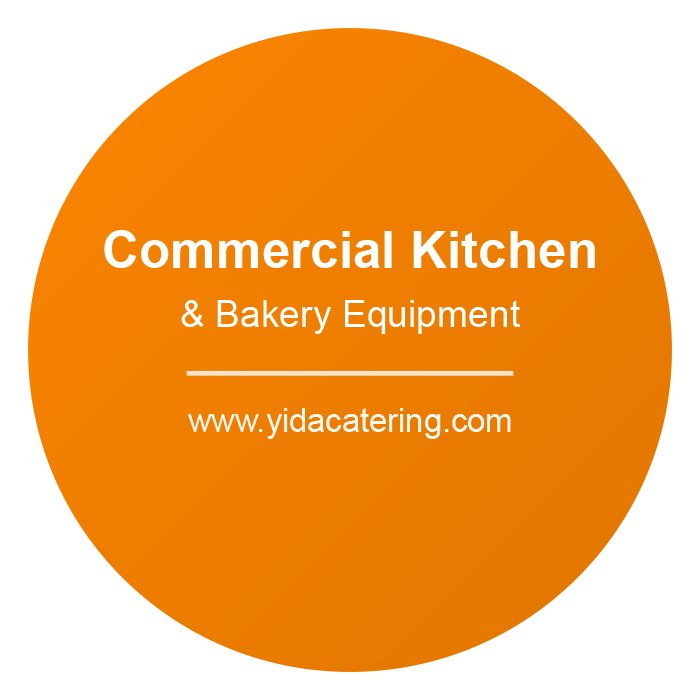Introduction
In the fast-paced world of the restaurant and food service industry, efficient and reliable storage solutions are critical for success. Whether you’re running a small café or a bustling eatery, choosing the right refrigeration equipment can directly impact your operations and bottom line. Two popular options are commercial reach-in refrigerators and chest freezers. But which one is better for your business needs?
This guide will break down the key differences, benefits, and drawbacks of each option to help you make an informed decision.
What is a Commercial Reach-In Refrigerator?
A commercial reach-in refrigerator is a vertical, upright cooling unit designed for easy access to frequently used items. These refrigerators are a staple in many commercial kitchens, offering a balance of convenience and storage efficiency.
Key Features:
- Multiple shelves for organized storage.
- Upright design for space-saving in tight kitchens.
- Easy access to frequently used ingredients.
Best For:
- Restaurants with high turnover of fresh ingredients.
- Quick access to perishable items like dairy, produce, and meats.
What is a Chest Freezer?
A chest freezer is a horizontal, box-like freezer often used for long-term storage of frozen goods. Its design allows for maximum storage capacity and energy efficiency but requires more floor space.
Key Features:
- Deep storage for bulk items.
- Typically more energy-efficient than upright freezers.
- Suitable for long-term freezing needs.
Best For:
- Businesses that buy frozen goods in bulk.
- Storage of items that don’t require frequent access, such as frozen meats or pre-prepared meals.
Comparing the Two: Key Considerations
1. Storage Capacity
- Reach-In Refrigerator: These units are designed for organized storage with shelves that make it easy to separate items. However, their vertical design limits the overall capacity compared to chest freezers.
- Chest Freezer: With a deep, open design, chest freezers offer more storage space for bulk items. However, accessing items at the bottom can be cumbersome.
Winner: Chest freezer for bulk storage; reach-in refrigerator for organization.
2. Ease of Access
- Reach-In Refrigerator: The upright design and shelving make it easy to locate and retrieve items quickly, which is essential in busy kitchens.
- Chest Freezer: Items at the bottom can be harder to reach, requiring more effort to organize and access.
Winner: Reach-in refrigerator for frequent and quick access.
3. Energy Efficiency
- Reach-In Refrigerator: These units are less energy-efficient due to frequent door openings and upright designs that allow cold air to escape easily.
- Chest Freezer: Known for their excellent energy efficiency, chest freezers maintain low temperatures better because cold air stays trapped when the lid is opened.
Winner: Chest freezer for energy savings.
4. Space Requirements
- Reach-In Refrigerator: The vertical design is ideal for businesses with limited floor space. They can be placed against a wall without taking up much room.
- Chest Freezer: These units require more floor space due to their horizontal design, which may not be ideal for smaller kitchens.
Winner: Reach-in refrigerator for space-saving.
5. Cost
- Reach-In Refrigerator: These units often come with a higher upfront cost but are designed for frequent use in commercial settings.
- Chest Freezer: Generally more affordable upfront, chest freezers are a cost-effective option for businesses focused on frozen storage.
Winner: Chest freezer for affordability; reach-in refrigerator for value in high-usage scenarios.
6. Maintenance
- Reach-In Refrigerator: Cleaning shelves and maintaining proper airflow can be more labor-intensive. However, modern models often come with self-defrosting features.
- Chest Freezer: Easier to clean due to their simple design, but manual defrosting may be required in some models.
Winner: Tie, depending on the specific model and features.
Pros and Cons Summary
| Feature | Reach-In Refrigerator | Chest Freezer |
|---|---|---|
| Storage Capacity | Limited but organized | Large, ideal for bulk storage |
| Ease of Access | Convenient for frequent use | Cumbersome for items at the bottom |
| Energy Efficiency | Moderate | High |
| Space Requirements | Compact, vertical design | Requires more floor space |
| Cost | Higher upfront cost | More affordable upfront |
| Maintenance | Requires regular cleaning and airflow checks | Simple design but may need manual defrost |
Which One is Right for Your Business?
The choice between a commercial reach-in refrigerator and a chest freezer ultimately depends on your business’s specific needs. Here are some scenarios to consider:
Choose a Reach-In Refrigerator If:
- You need frequent access to fresh ingredients.
- Your kitchen has limited floor space.
- Organization and quick retrieval are priorities.
Choose a Chest Freezer If:
- You buy frozen goods in bulk.
- Long-term storage is a key requirement.
- Energy efficiency is a top priority.
Tips for Making the Right Choice
- Assess Your Menu Needs: Consider the types of food you store and how often you need access.
- Measure Your Space: Ensure the unit you choose fits comfortably in your kitchen layout.
- Think Long-Term: Evaluate energy costs and maintenance requirements over time.
- Consider Staff Workflow: Choose a unit that complements your kitchen’s efficiency.
Conclusion
Both commercial reach-in refrigerators and chest freezers have their unique advantages and drawbacks. By understanding your business’s specific needs, you can make an informed decision that enhances your kitchen’s efficiency and supports your operational goals. Whether you prioritize easy access or bulk storage, the right refrigeration solution can make a significant difference in your day-to-day operations.

